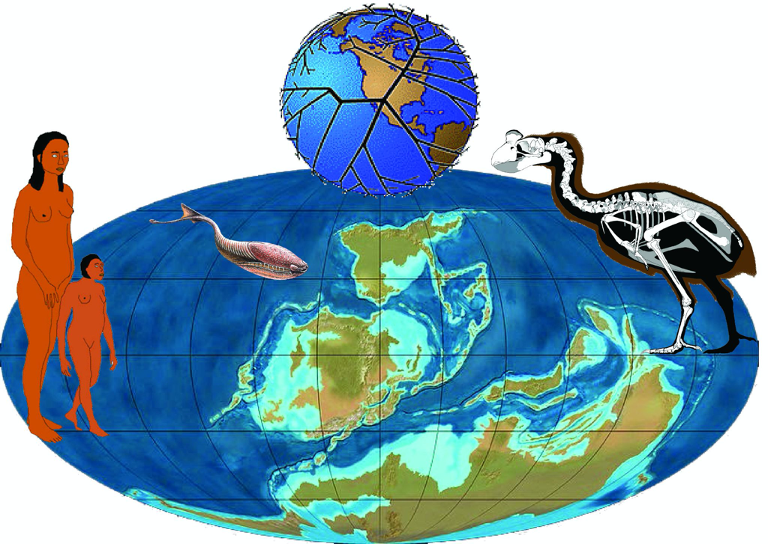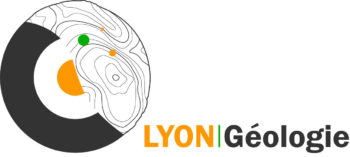Paleo-biogeography and Macroecology
For more than two centuries, the geography of the living world has been questioned: evolutionary history, geographical and climatic constraints and ecosystem functioning appear to be the main biotic and abiotic drivers of spatio-temporal variations in species distribution (biogeography) and, more broadly, of biodiversity (macroecology). In the fossil record as well as in present-day nature, numerous examples illustrate the modalities of action of these drivers as well as their consequences, outlining different universal 'rules' and patterns that this course proposes to explore (e.g., diversity gradients, eco-geographic 'laws', species-area relationships, insularity syndromes). Prior to the critical analysis of these 'rules' and patterns, particular attention will be paid to the methodologies underlying the development of chrono- and geo-referenced databases.


